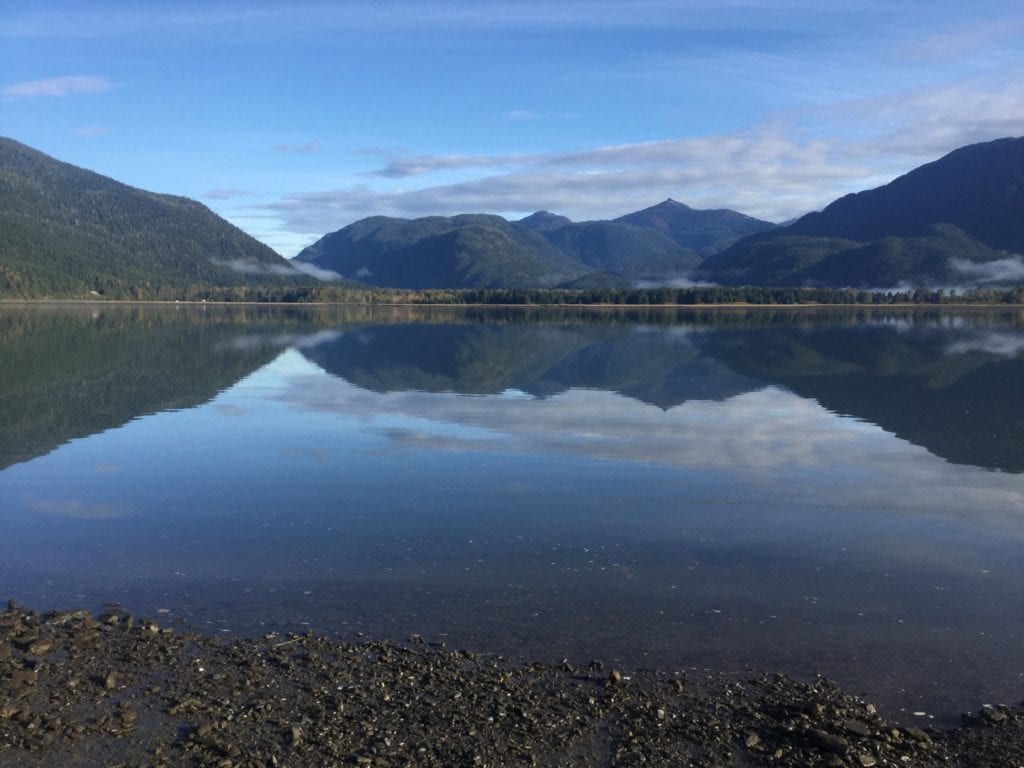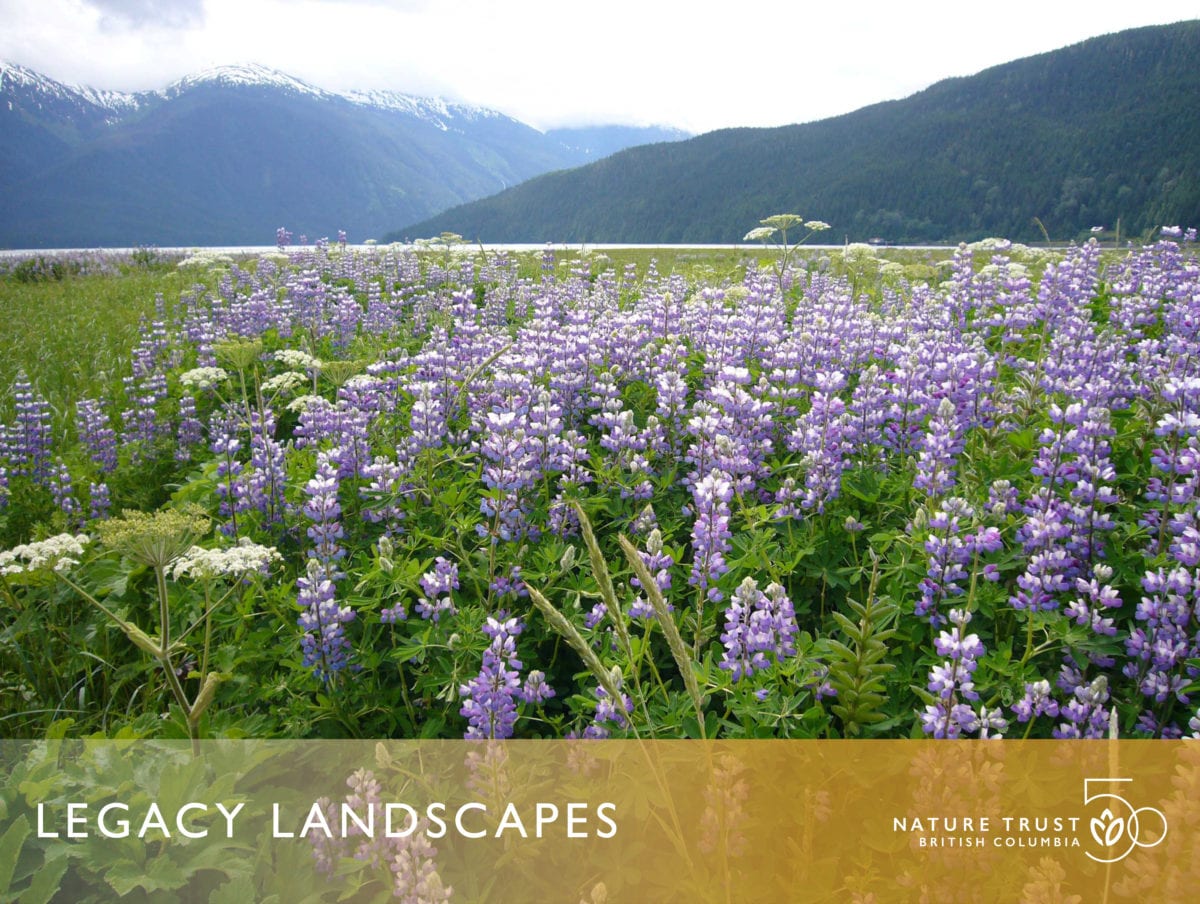
Walk with us through the 56-hectare conservation lands of Alice Arm Estuary. Follow a slow-moving stream through a forest of deciduous and coniferous trees, past stands of twisting crabapple trees. The soil squelches under your feet from the recent flooding.
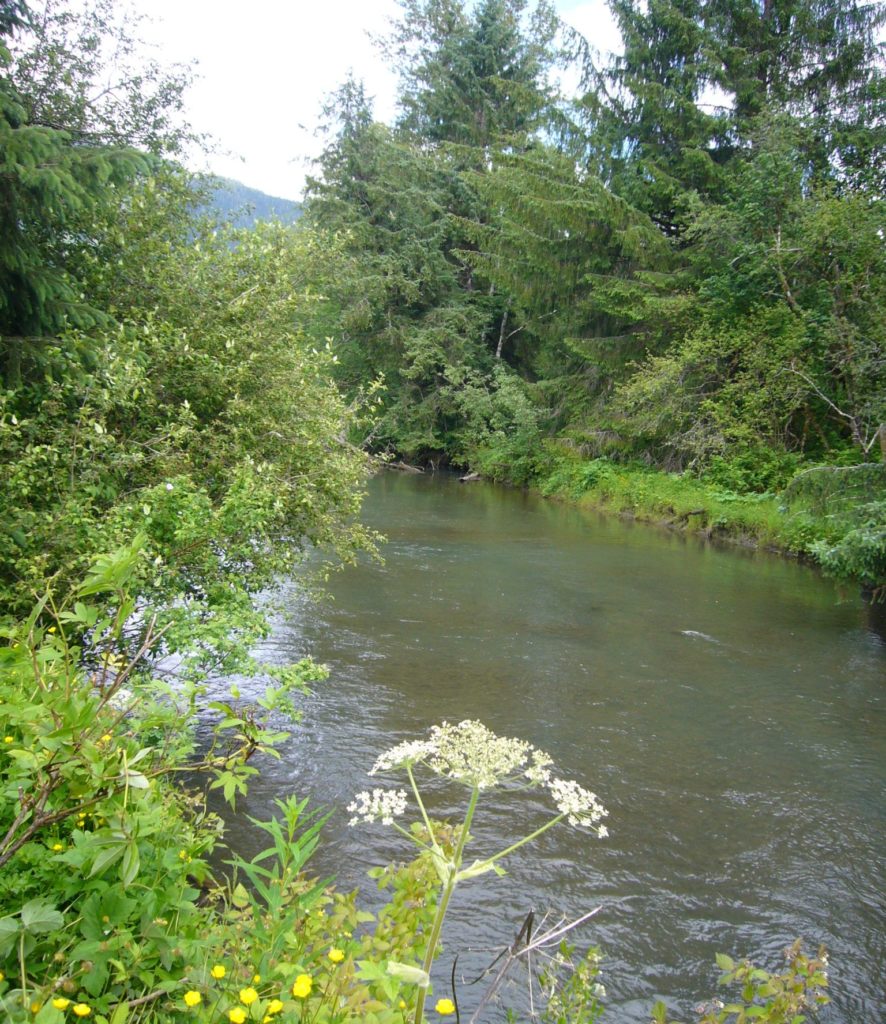
You come out into a meadow of grasses and wildflowers. You see patches of eminent bluegrass, an at-risk species that is only known to grow in two places in BC.
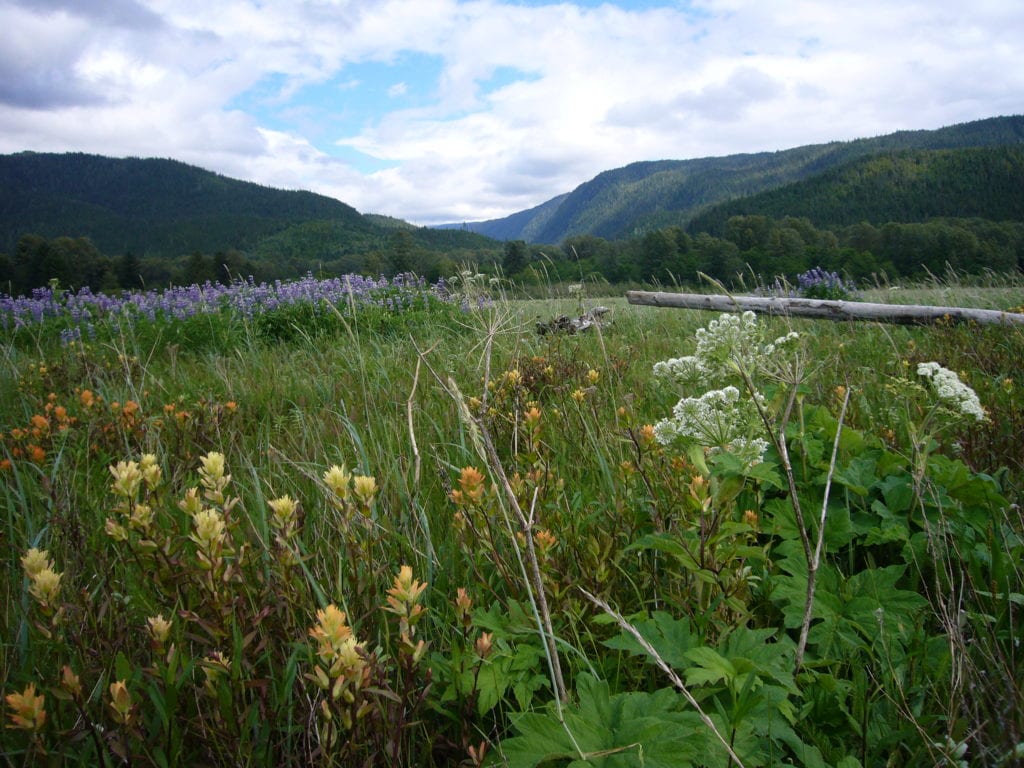
Between the purple lupine flowers and the white cow’s parsnip bunches flies an Anice swallowtail butterfly.
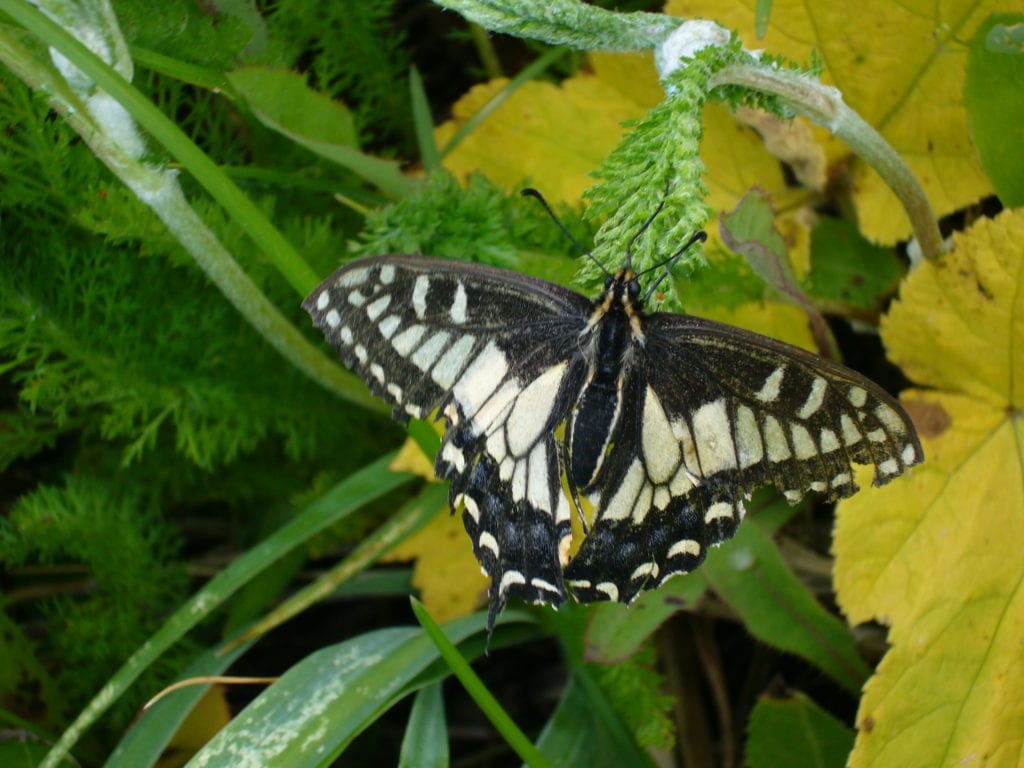
Ahead the marshy grasses give way to intertidal mudflats and pools of still water. A great blue heron flies low over the water, while marbled murrelets float lazily on the surface. A pair of rusty blackbirds flies past, black against the blue sky.
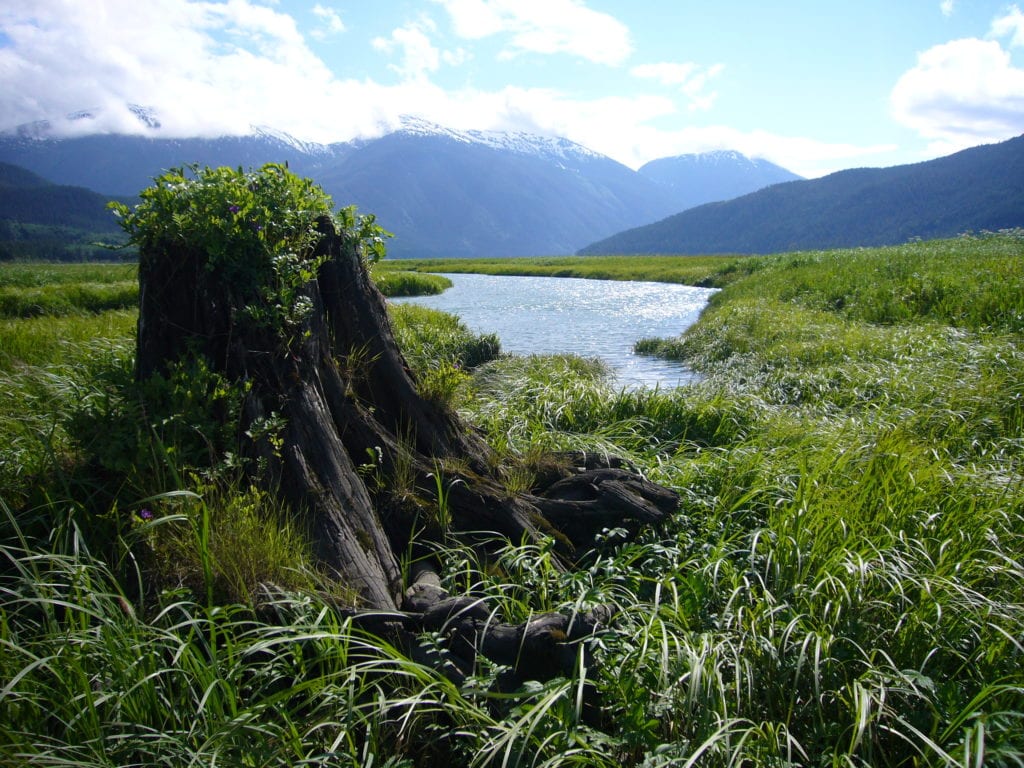
Estuaries like Alice Arm contain so much life, but comprise only 2% of BC’s coastline. Witnessing the beauty and diversity of Alice Arm, we are thankful to see this estuary protected for future generations.
“Composed of mixed forests with Sitka spruce and cottonwoods and wetlands, the property is visually stunning, and provides excellent habitat for a wide range of wildlife species, including grizzly bears.”
Facts
- Alice Arm estuary was purchased in 1996 to conserve a significant Pacific Estuary.
- Numerous at-risk and listed ecosystems also occur at Alice Arm Estuary, including Lynbyei’s sedge marshes and meadows, upper beach meadows, Pacific crabapple forests, floodplain forests, and large wetlands. Rare plants include lance-leaved mare’s tail, never before seen in BC, and Blue-listed eminent bluegrass.
- Alice Arm estuary supports a rich and diverse range of bird speciesincluding rusty blackbirds (BC Blue Listed and COSEWIC “Special of Concern), barn swallows (BC Blue Listed and COSEWIC “Threatened”), marbled murrelets (BC Blue Listed and COSEWIC “Threatened”), and great blue herons (BC Blue Listed, COSEWIC “Special Concern”, and SARA “Special Concern”).

